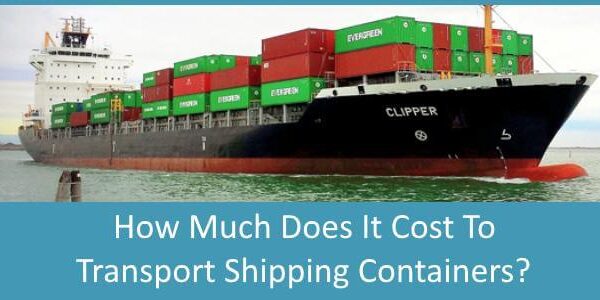COVID-19 presents a new obstacle to many shipowners in keeping their vessels commercially viable. The daily cost for a container ship operation can run from US$25,000 to US$85,000 and more, exclusive of fuel cost. Fuel can run over US$130,000 per day.
About 80% of world goods trade by volume is carried by sea and China is home to seven of the world’s 10 busiest container ports. The shutdowns cause by the Corona Virus mean that some ships can’t get into Chinese ports, as the loading and discharging of goods slows. Others are stuck in dock, waiting for workers to return to ports so that construction and repairs can be completed. Still more vessels are idling in “floating quarantined zones,” as some countries – including Australia – refuse to allow ships that have called at Chinese ports to enter their own until the crew has been declared virus-free.
Giant shipping companies such as Maersk, MSC Mediterranean Shipping, Hapag-Lloyd and CMA-CGM have said that they have reduced the number of vessels on routes connecting China and Hong Kong with India, Canada, the United States and West Africa.
That already sounds bad enough, but for a big part of the shipping industry the virus is presenting additional woes: many owners urgently need to have their vessels fitted with equipment called “scrubbers†at shipyards in China, to comply with new rules: from 01 Jan. 2020, vessels had to cut their emissions of sulphur oxides. Some owners gleaned a big commercial edge by fitting the scrubbers – Supertankers that have the scrubbers fitted are earning about $15,000 a day more than those that don’t have them. But COVID-19 is closing down retrofit yards in China, naturally extending the waiting time for ships with a slot time for a retrofit.
All parties in the logistics chain are being impacted by the knock-on effects of cash flow restrictions. Our own industry body has urged stevedores to provide an extension of payment terms to logistics providers during the current situation, to ease the pain of new cash-flow crises.
There are reports of some carriers introducing an Equipment Imbalance Surcharge (EIS) on lanes where there is a critical container shortage – including anecdotal reports of EIS of USD1,000 on reefer containers and USD400 on general containers. Carriers like Maersk, COSCO, CMA, MSC, ONE are expecting the volume demand will pick up very soon in the following weeks, especially from 2nd half March as volume of bookings lift quickly.
Exports from Australia re starting to pick up, however it remains to be seen if all the empty boxes that are needed for exports are in the right place, at the right time, as needed. If not, shipping companies will have to reposition the containers – this is an “empty move†and container lines dislike having to do it. (See our previous report on Reefer Container Shortage).
As licensed Customs Brokers and International Freight Forwarders, Colless Young offers you correct, professional advice on all your import and export shipping needs. We are based in Brisbane and handle cargo at all major ports and airports around Australia.

